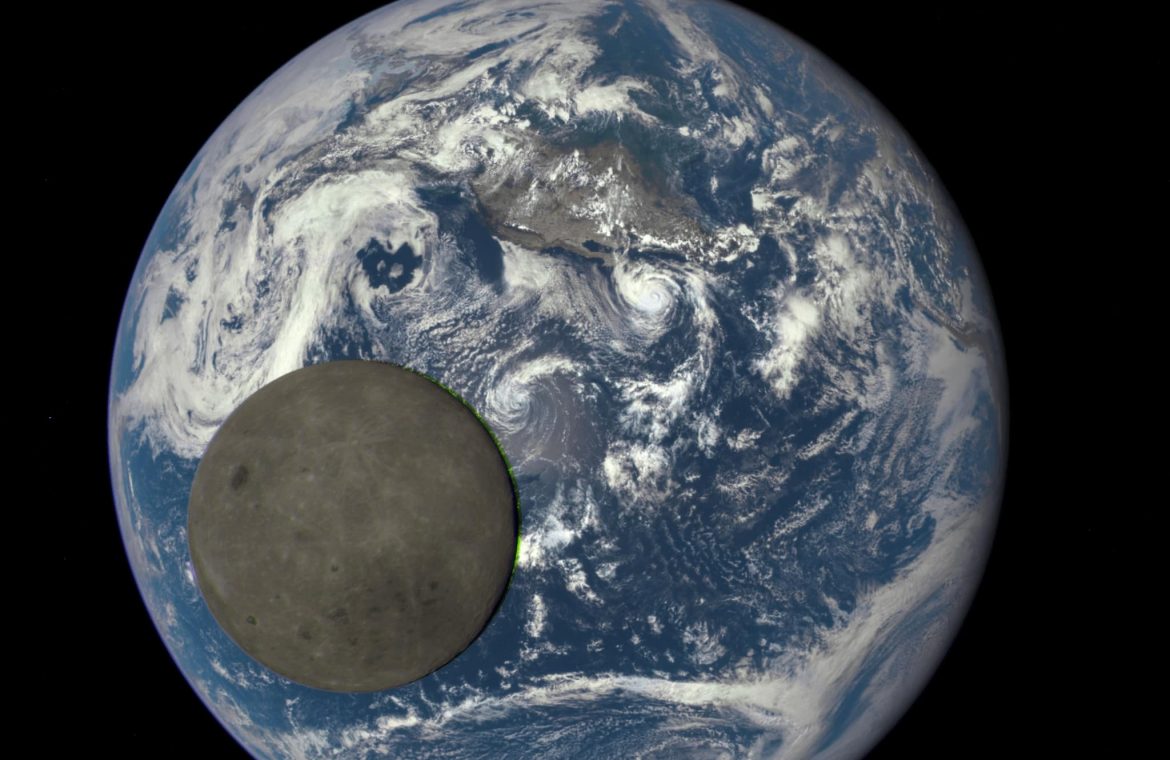The DSCOVR probe, which constantly monitors Earth from a point on the line between the Earth and the Sun, photographed the Moon’s shadow near our planet’s north pole in June.
A solar eclipse is a phenomenon in which the moon passes every now and then, to an observer on Earth, exactly between it and the sun. The shadow of the moon falling on a part of the Earth during this transition causes people on the path of this shadow to notice a total or partial eclipse of the sun.
Thanks to space probes like DSCOVR, we can now see what the Earth looked like during a solar eclipse. The moon’s shadow as it passes across the face of the Earth looks simply extraordinary.
During the eclipse of June 10, 2021, the DSCOVR probe captured Earth’s shadow as it passed near the planet’s north pole. The DSCOVR probe is located at the so-called Lagrange point L1, located 1.5 million kilometers from Earth. This is one of the few unique points in the Earth’s circumference where the gravitational forces of the Earth and the Sun balance each other, thanks to which the probe, without the use of a motor, is able to maintain a fixed position and constantly monitor the illuminated side of the Earth.
What is a DSCOVR probe?
DSCOVR (Deep Space Climate Observatory) is a US spacecraft launched into space in early 2015. From the L1 Langrange point, it monitors the entire Earth’s illuminated surface and studies weather phenomena in space by observing the solar wind flux density and magnetic field. Thanks to her observations, engineers on Earth can access warnings against unfavorable phenomena that may adversely affect the operation of satellites in Earth orbit and power networks already on the planet’s surface.
One interesting aspect of the entire mission is the fact that the probe was built in the 1990s for another space mission, which ultimately didn’t happen. After nearly a decade in warehouses, in 2008 NASA decided to check if the camera was suitable for a completely different space mission. It turns out. After improving the onboard instruments, the spacecraft was launched into orbit on February 11, 2015.

“Music specialist. Pop culture trailblazer. Problem solver. Internet advocate.”







